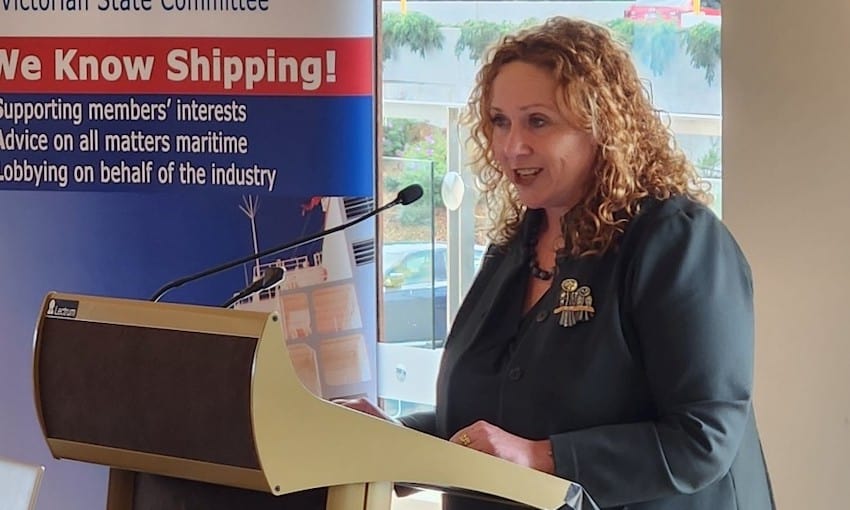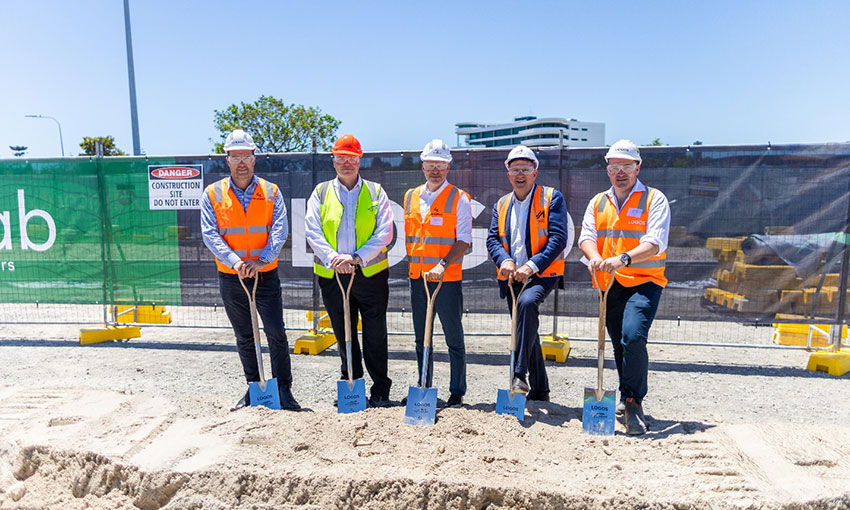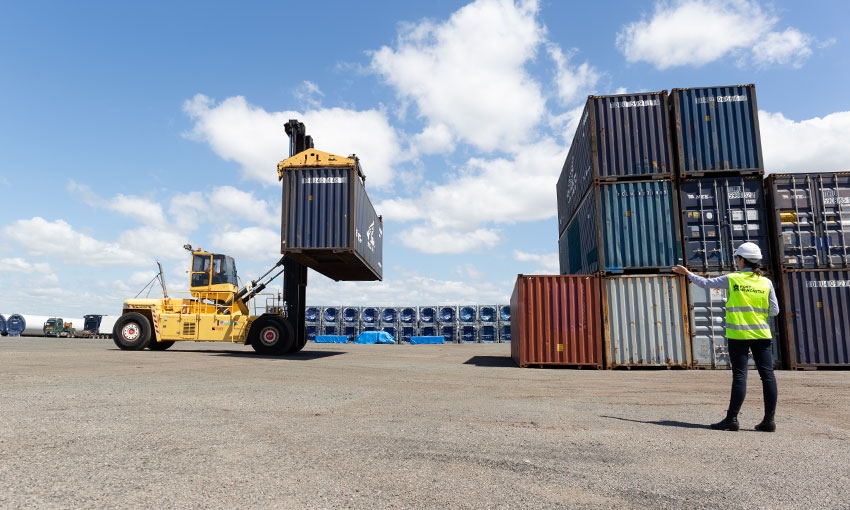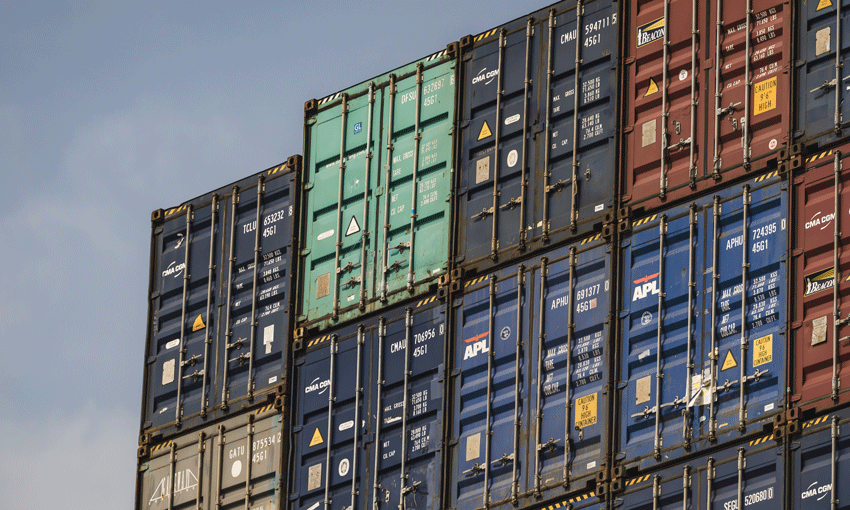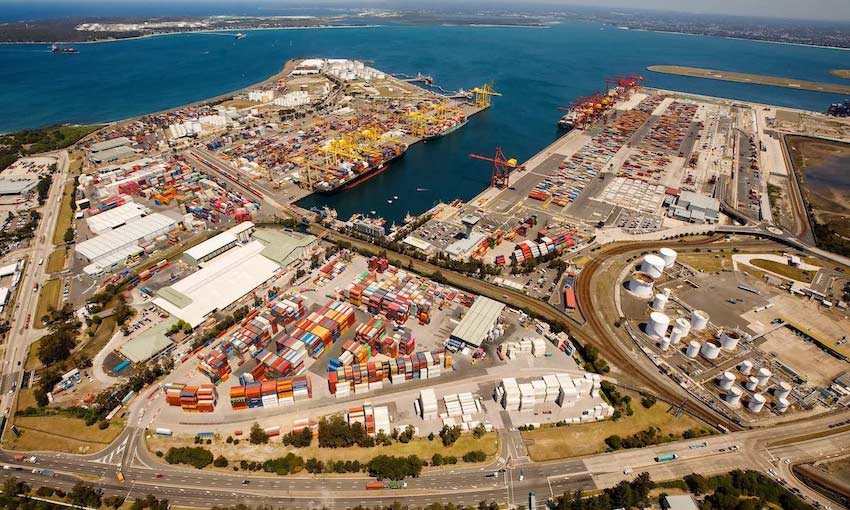A REPORT from the Department of Transport and Container Transport Alliance Australia found higher automation at empty container parks could boost truck turnaround times by 32%.
The Empty Container Park Trial report found operating costs from paperless and contactless truck arrivals at ECPs increased daily truck cycles, improved driver safety and reduced emissions.
Victorian minister for ports and freight Melissa Horne launched the report on 24 August.
In early 2022, Freight Victoria established the Container Storage Working Group to address the build-up of full containers in the Port of Melbourne supply chain, recognising the interface between transport operators and empty container parks as a key impediment to efficiency.
Partnering with industry stakeholders, stevedores, transport operators and peak bodies including CTAA, the trial established performance indicators for empty containers and evaluated streamlined processes for truck arrivals.
Ms Horne said the report was “a shining example” of the collaboration between the government and industry leaders to maintain and progress Victoria’s freight advantage.
“Outcomes of the Container Storage Working Group and the ECP Trial have led to the development of new performance indicators which will provide greater visibility of the performance of the Port of Melbourne supply chain,” Ms Horne said.
According to the report, a reduction in truck-turnaround times of about six minutes translates to an operating cost saving of approximately $13.50 per truck, or an annual operating cost saving of approximately $5.75 million for the Victorian container transport industry as a whole.
CTAA director Neil Chambers said the report had demonstrated that truck servicing at ECPs becomes more efficient when pre-receival electronic data is provided by shipping lines and when ECPs take steps to automate truck in-gate processes.
“CTAA thanks Minister Horne for her unwavering support in committing the Victorian government to assist in monitoring the landside performance of the container transport logistics chain, and now extending those efforts to measure the performance of the empty container management chain in Melbourne,” Mr Chambers said.
“The analysis has shown that the ECPs which have combined electronic pre-advice from their shipping line clients with either a medium or high level of truck in-gate entry automation have truck turnaround times that are a third more efficient.
“Also, the ECPs with medium to high levels of in-gate automated truck processing service more than double the number of trucks per hour compared to ECPs categorised as low automation.”
Mr Chambers noted the report had found that improving truck turnaround times by six to 10 minutes on average per truck, per visit, would save the container transport industry in Melbourne more than $5 million or $6 million in truck operating costs.
“That’s before you add in the cost savings from streamlined administration, greater in-gate servicing capacity at ECPs (leading to more slot availability and less delays), and better heavy vehicle fleet utilisation.”
He said CTAA recognised that several ECPs in Melbourne had introduced optical camera recognition or other technologies to enhance truck in-gate processes, while others have investments in the pipeline.
“Transport operators are keen to continue to work with those ECPs to improve transport logistics performance,” Mr Chambers said.
“For those ECPs in the low automation category, we look forward to discussing with them the benefits of changing their practices and operations to benefit the whole supply chain.”
Freight Victoria has now developed a performance measure for truck turnaround times which is included in the latest Voluntary Performance Monitoring Framework dashboard report.
The Department of Transport and Planning said it would continue to collaborate with industry to develop further performance indicators for the empty container supply chain, with empty container park operators to implement further, including slot availability and other indicators.

